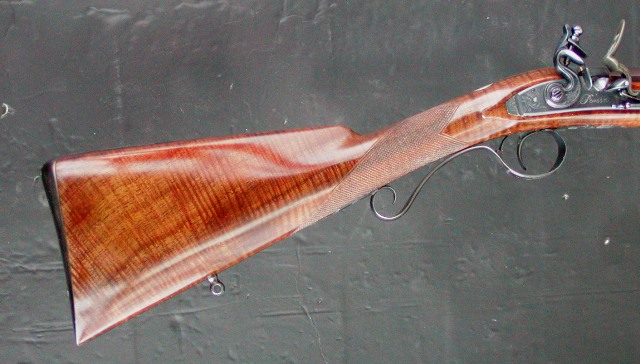I'm curious, myself I love the look and feel of a nice walnut stock. But I have noticed I rarely ever see one on a flintlock longrifle. Most that I see are maple or cherry. Was curious if historical they were common or not. I’ve saw a lot of Fowler’s and muskets that were walnut but not rifles.
Thanks, Joe
Thanks, Joe








